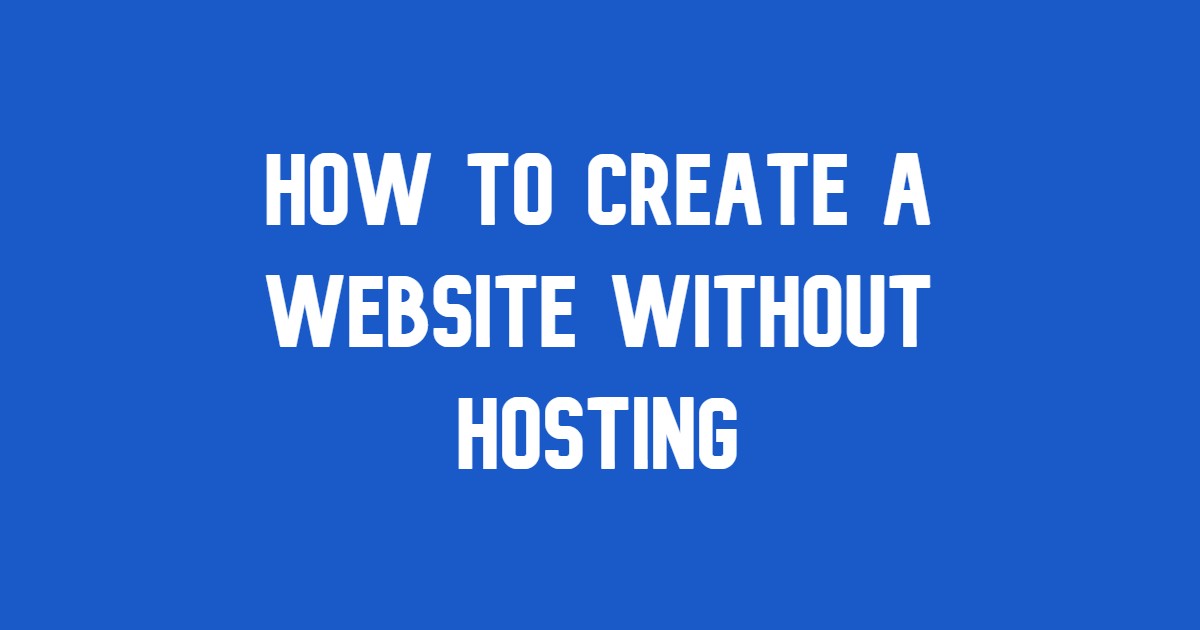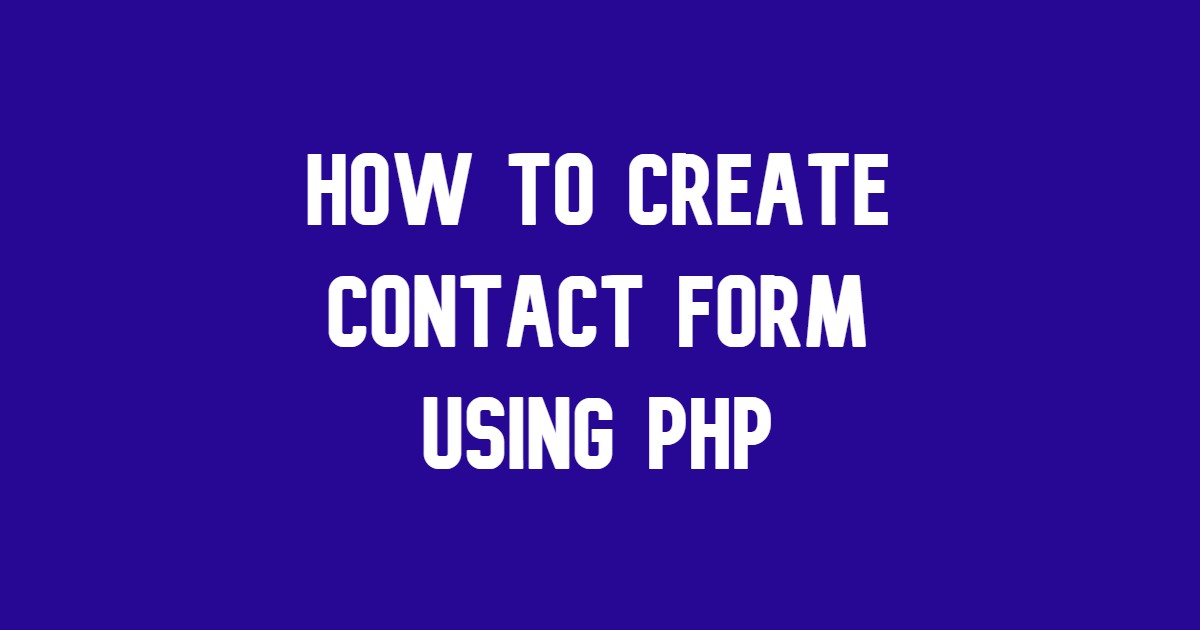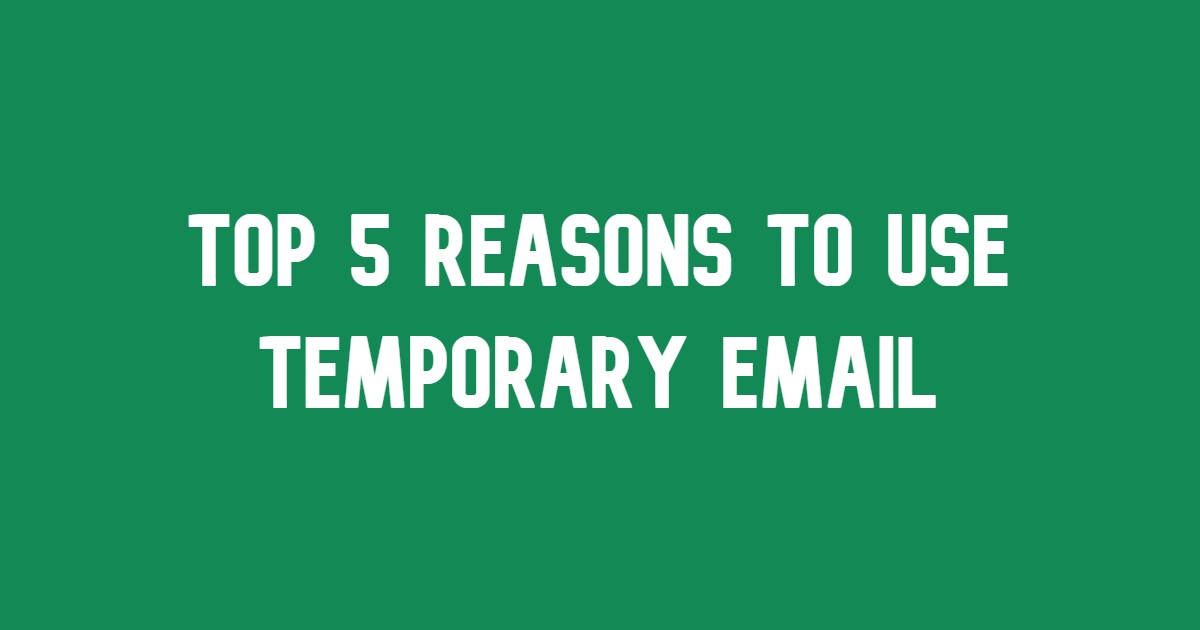Creating a website is an exciting journey, but many people feel overwhelmed by the need to buy hosting services.The good news? You can build a website without traditional hosting! Thanks to modern tools and platforms, you can bring your ideas to life without spending a penny on hosting.
In this guide, we’ll walk you through how to create a website without hosting, explore the tools you can use, and answer common questions to get you started.
Why Skip Traditional Hosting?
Hosting is essential for most websites, but it comes with challenges:
- Costs: Monthly fees for hosting can add up, especially for beginners.
- Technical Setup: Managing servers and configurations can be daunting.
- Scalability: Basic hosting plans may limit your website’s growth.
Fortunately, hosting isn’t always necessary. Let’s explore how you can build a website without relying on traditional hosting.
1. Use Free Website Builders
Platforms like Wix, Weebly, and Google Sites let you create a website without purchasing hosting. These tools provide:
- Drag-and-drop interfaces for easy design.
- Free subdomains (e.g., yourwebsite.wixsite.com).
- Hosting included in their free plans.
Steps to Get Started:
- Sign up for a free account on your preferred platform.
- Choose a template that fits your website’s purpose.
- Customize the design, add text, and upload images.
- Publish your site instantly!
2. Leverage GitHub Pages for Static Websites
If you’re comfortable with coding or want to learn, GitHub Pages is an excellent option. This free service lets you host static websites (HTML, CSS, JavaScript) directly from your GitHub repository.
Steps to Create a Website with GitHub Pages:
- Create a GitHub account.
- Set up a repository for your project.
- Upload your HTML, CSS, and JS files.
- Enable GitHub Pages in the repository settings.
- Your site will be live on a URL like
username.github.io.
3. Build a Website with Google Docs or Canva
Did you know you can use Google Docs or Canva to create a basic website? These tools are great for portfolio sites, resumes, or simple landing pages.
How It Works:
- Design your website in Google Docs or Canva.
- Export it as a shareable link or PDF.
- Use URL shorteners like Bitly for a cleaner link.
- Share it with your audience!
This method is perfect for non-tech-savvy users or temporary projects.
4. Use Social Media as Your Website
If you’re starting small, platforms like Facebook Pages, Instagram, or LinkedIn can serve as your website. These platforms offer:
- Free hosting of your content.
- Tools to showcase your services or products.
- Built-in traffic from the platform’s audience.
Pro Tip: Customize your page URL for a professional touch (e.g., facebook.com/yourbusiness).
5. Create a Website Using Notion
Notion is a productivity tool that doubles as a website builder. You can create visually appealing pages and publish them online for free.
Steps to Use Notion as a Website:
- Sign up for a free Notion account.
- Design your page with text, images, and links.
- Click “Share” and enable the “Share to web” option.
- Use a free URL shortener to customize your link.
Pros and Cons of Creating a Website Without Hosting
Pros:
- Cost-effective and beginner-friendly.
- No technical expertise required.
- Instant publishing and easy updates.
Cons:
- Limited customization compared to self-hosted websites.
- Free subdomains may not look professional.
- Restricted features for larger projects.
Conclusion
Now that you know how to create a website without hosting, you can choose the method that best fits your needs. Whether you prefer using free website builders, GitHub Pages, or even Google Docs, there’s a solution for everyone.


